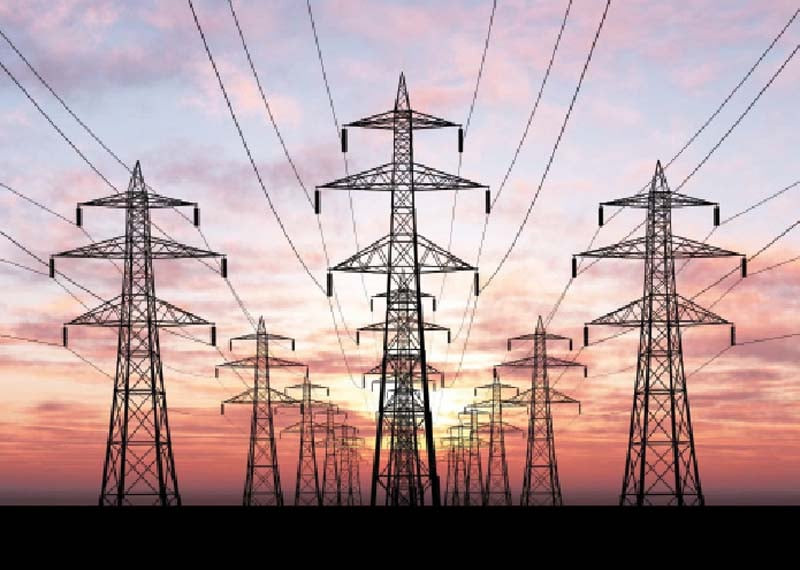
The escalating electricity costs in Pakistan are largely attributed to capacity charges, with 22 government-owned companies accounting for a substantial 48% of these charges.
In the past three months alone, these companies have received a staggering Rs169.36 billion in capacity charges, according to sources. This financial allocation continues despite many of these power plants not operating at full capacity.
WAPDA’s 21 power plants ran at just 21% of their capacity but still garnered Rs21.27 billion in capacity payments. Similarly, the Malakand-3 power plant, owned by the Khyber-Pakhtunkhwa government, operated at 40% capacity but claimed charges equivalent to Rs20 million based on full generation capacity.

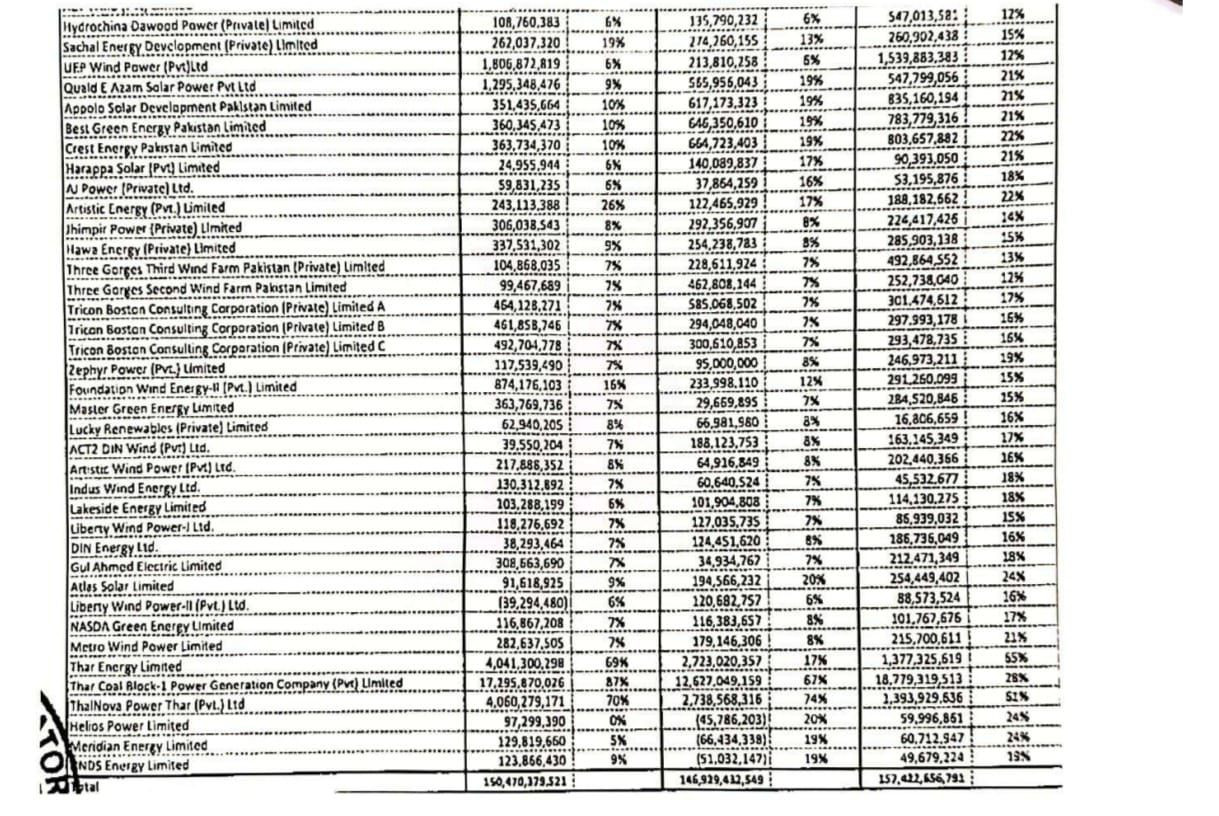 Punjab's Quaid-e-Azam Thermal Plant, operating at 42% capacity, received Rs11.52 billion in capacity charges. Additionally, the Punjab Thermal Power Company was compensated Rs10.64 billion for inactive power plants, despite these facilities producing no electricity. The Quaid-e-Azam Solar Plant, which functioned at just 16.3% capacity, collected Rs2.41 billion .
Punjab's Quaid-e-Azam Thermal Plant, operating at 42% capacity, received Rs11.52 billion in capacity charges. Additionally, the Punjab Thermal Power Company was compensated Rs10.64 billion for inactive power plants, despite these facilities producing no electricity. The Quaid-e-Azam Solar Plant, which functioned at just 16.3% capacity, collected Rs2.41 billion .
On the federal level, three power plants categorized as 'junk' operated at only 5.8% capacity but secured Rs5.95 billion in capacity charges. The Jhung and Bhikki RLNG plants operated at 72% capacity, accruing Rs15.73 billion , while the Chashma Nuclear Plant’s four units, running at 80% capacity, collected Rs37.33 billion. The largest payment went to KANUPP, which received Rs64.23 billion.

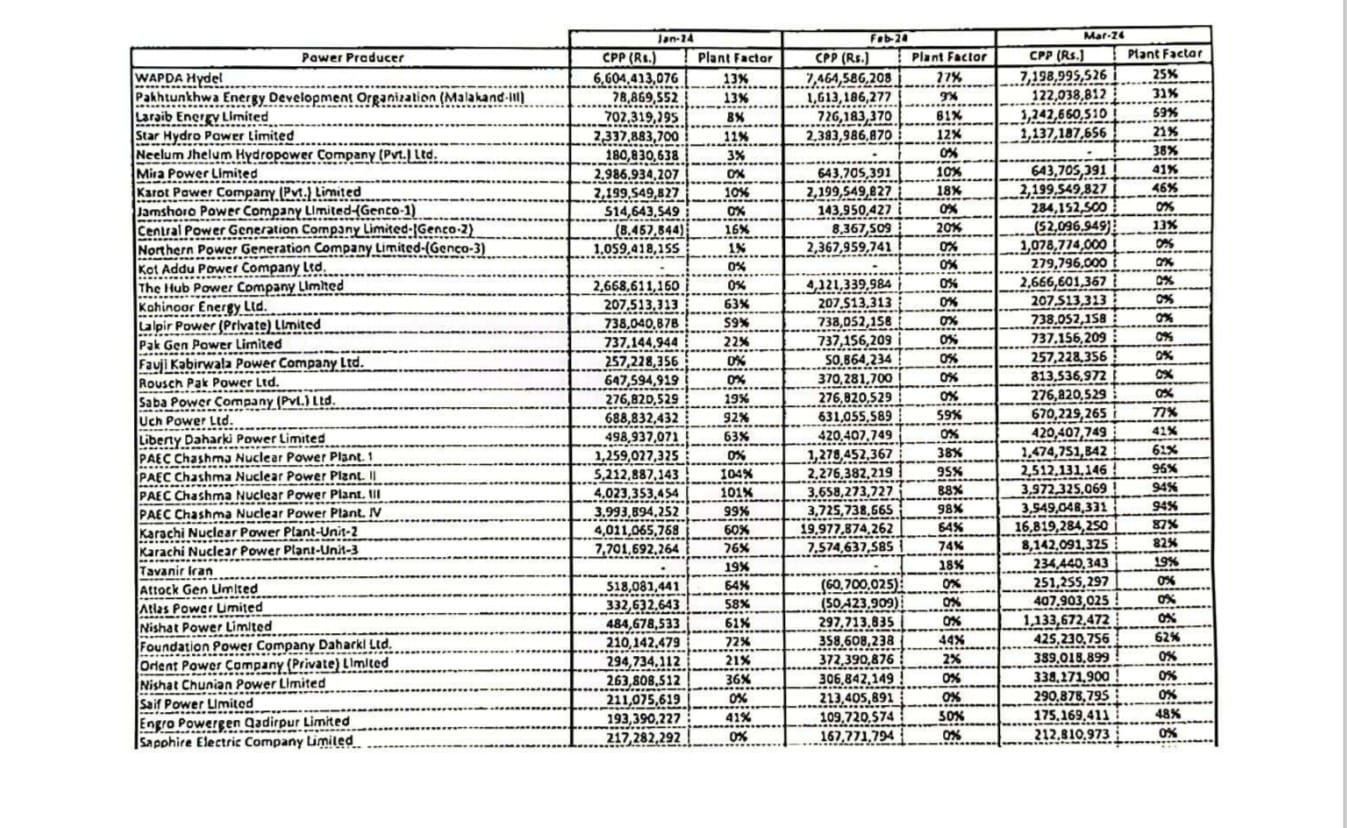




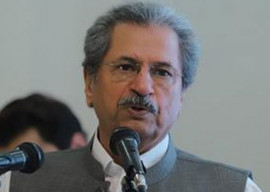




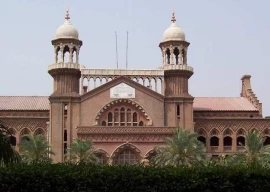








COMMENTS
Comments are moderated and generally will be posted if they are on-topic and not abusive.
For more information, please see our Comments FAQ